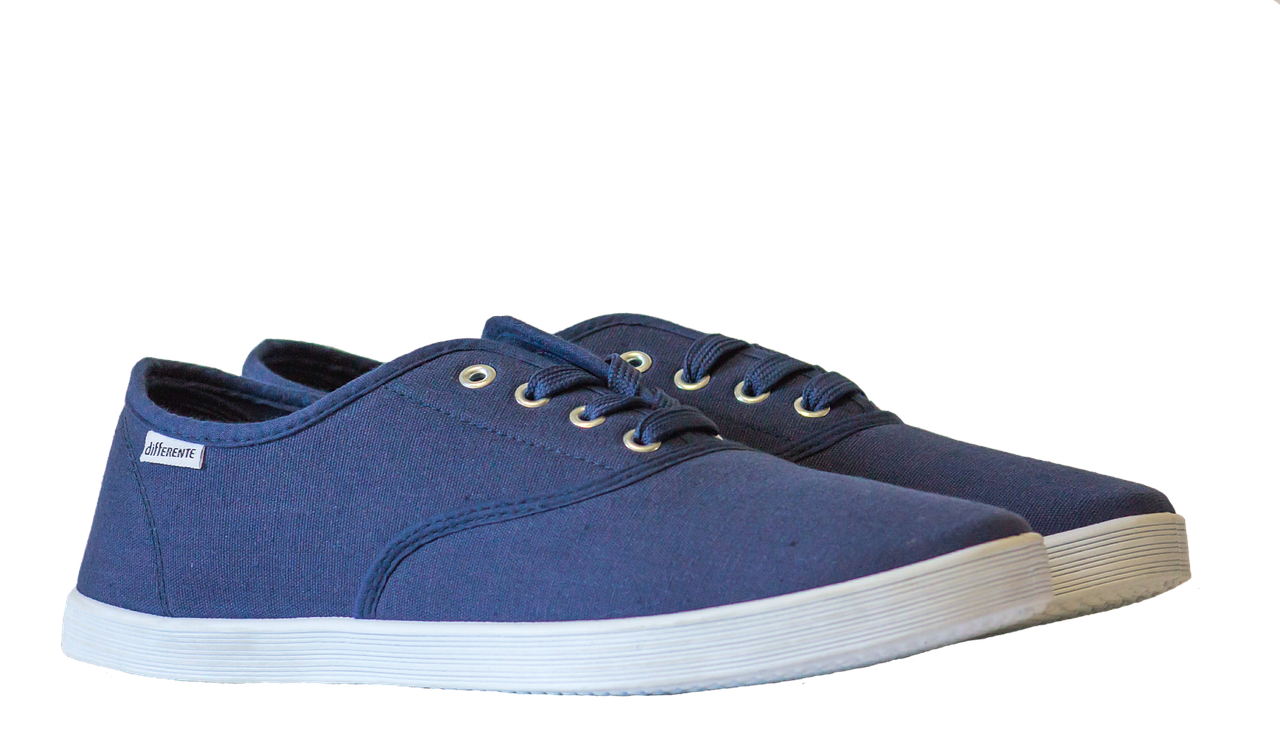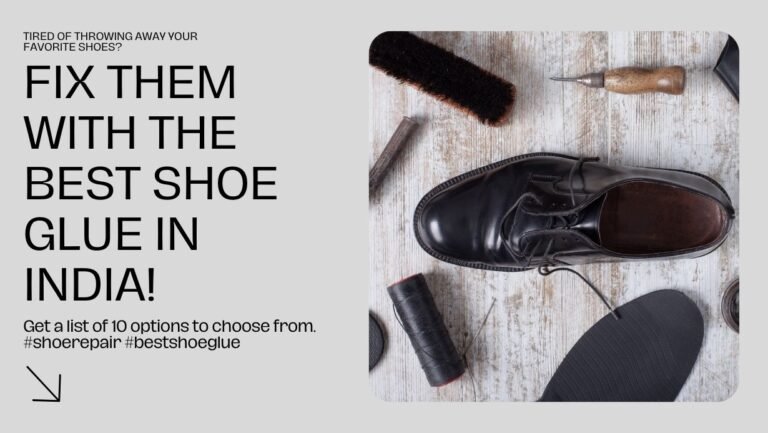Are you looking for a shoe material that is lightweight, comfortable, and durable? PU material could be the perfect choice for you.
This article will explain what PU material is, its advantages and disadvantages in shoes, different types of PU materials available, and tips on selecting the right pair of PU shoes.
Keep reading to learn more!
Key Takeaways
- PU material in shoes is lightweight, flexible, and resistant to water and chemicals.
- It offers excellent cushioning properties and is breathable and easy to clean.
- However, PU shoes may not be as durable as leather alternatives and require frequent replacement.
- The manufacturing process of PU shoes can be harmful to the environment, and eco-friendly alternatives are available.
Overview of PU Material
You may have heard of PU material in shoes; it’s a synthetic polymer that offers great comfort and durability. It is increasingly popular due to its emerging trends, which are driven by its environmental impact.
PU material is lightweight, breathable, flexible and water-resistant making it an ideal choice for sneakers, boots and other footwear items. It also has excellent shock absorption qualities which make it perfect for running or athletic shoes.
The only downside is that the material is not very durable and will need frequent replacement as it wears down quickly.
Benefits of PU Material in Shoes
Using PU in footwear offers numerous advantages. It’s lightweight, flexible, and resistant to water and chemicals – ideal for a range of weather conditions. PU also has strong abrasion resistance, making it more durable than other materials.
Its comfort levels are higher than ever due to its cushioning properties, making it popular in current trends in PU shoes. Additionally, PU is breathable and easy to clean, allowing foot sweat to evaporate quickly without compromising the shoe’s quality or longevity.
Limitations of PU Material in Shoes
Despite its advantages, there are also some drawbacks to wearing footwear made of PU.
The manufacturing process used to make PU shoes is very intensive and can be harmful to the environment if not properly managed.
Additionally, while PU shoes are often more affordable than leather alternatives, they do not last as long and usually need replacing much more frequently.
Furthermore, many eco-friendly alternatives can offer a similar look and feel without having such an environmental impact.
Different Types of PU Material
Polyurethane (PU) comes in a variety of forms, making it suitable for a range of footwear applications. Its durability, water-resistance, and breathability make PU an ideal choice for shoes. It can be used for soles, uppers, linings, and footbeds.
Here are the three main types:
- Soft/flexible PU: often used in midsole layers for comfort and cushioning.
- Firm/rigid PU: provides stability and support in outsoles.
- Microcellular PU: lightweight, breathable, and shock-absorbing material used in insoles.
Tips for Choosing PU Shoes
When shopping for PU shoes, it’s important to consider the type of material and its features that best suit your needs.
Athletic comfort and durability should be top considerations when comparing different types of PU materials. Make sure the sole is thick enough to provide cushioning but flexible enough to provide movement.
Also, inspect the inner lining for breathability and comfort.
Lastly, check the seams for overall construction quality so you can choose a pair that will last.
Frequently Asked Questions
What Is the Best Way to Clean PU Material Shoes?
To clean your PU material shoes naturally and eco-friendly, use a damp cloth with mild soap. Gently scrub the surface until dirt is removed and rinse with cold water. Let the shoes air dry afterwards to keep them looking their best!
How Much More Expensive Is PU Material Compared to Other Materials?
Comparing affordability and longevity, PU material is typically more expensive than other materials. However, it can be worth the extra cost if you need its durability and strength.
Is PU Material Waterproof?
Yes, PU material is waterproof and highly durable. It’s also sustainable, making it a great choice for shoes.
Is PU Material Breathable?
Yes, PU material is breathable and offers wearability benefits with good temperature control. It allows your feet to stay cool and comfortable even during long-term use.
What Is the Average Lifespan of PU Material Shoes?
The average lifespan of PU material shoes is typically higher than traditional leather. They are more durable and have a lower environmental impact. Compare their durability to find the best option for your needs.
Conclusion
Conclusion: PU material has many benefits that make it a great choice for shoes. It’s comfortable, durable, and lightweight, making it ideal for any type of shoe.
However, there are some limitations to consider before buying a pair of PU shoes. Be sure to research the specific type of material used in your chosen style and check for reviews from other customers before making your purchase.
With the right information, you can find the perfect pair of PU shoes that will last you for years!







